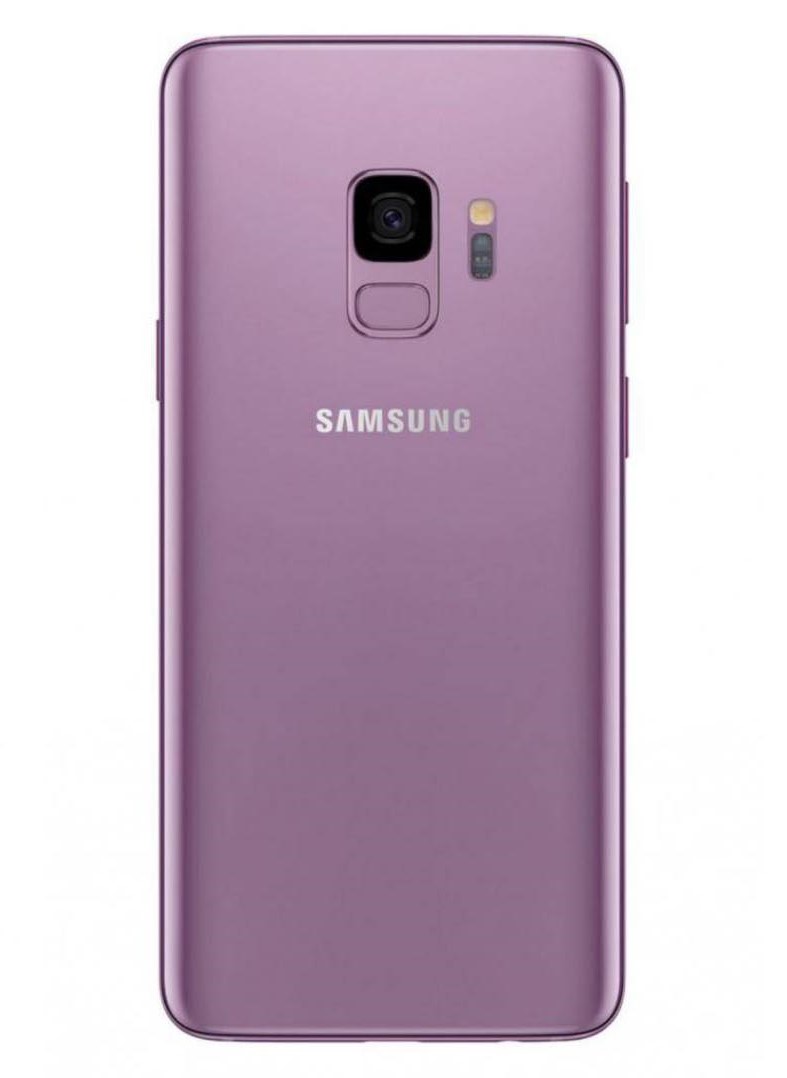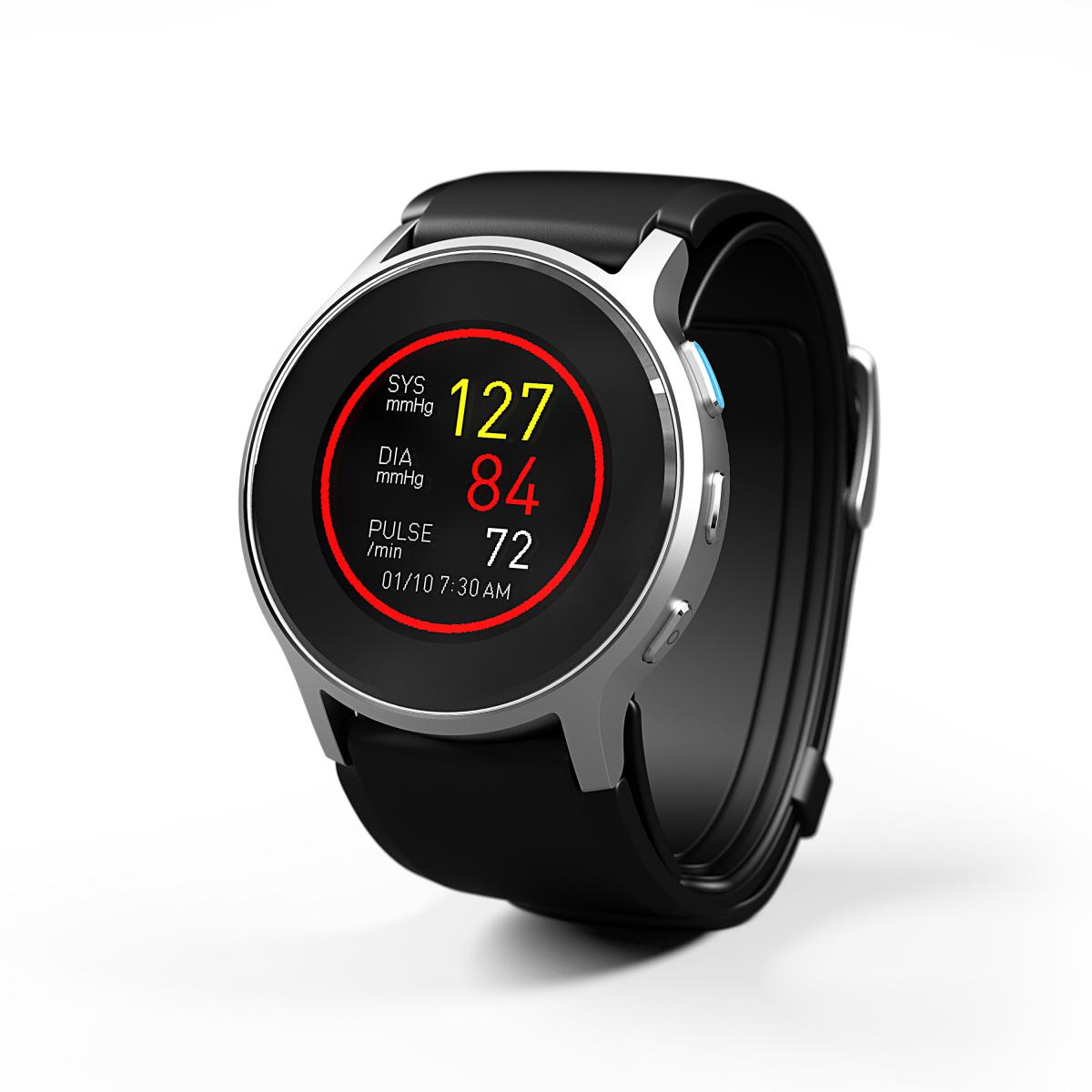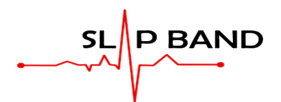Samsung – Samsung Galaxy S9
Samsung has partnered with UCSF in the creation of a new blood pressure app called My BP Lab. This app uses a new optical sensors that is built into the Samsung Galaxy S9 and Galaxy S9+. Due to the sensor being integrated into the phone, there is no other external hardware that is needed to acquire blood pressure data. The user’s finger must be placed over the optics sensor on the back of the phone while the phone is raised so that it is level with the user’s heart. The optics sensor can be seen to the right of the camera on the phone in the image below.

My BP Lab provides contextualized feedback of stess and blood pressure for the user to monitor their health. Researchers at UCSF plan to use this app to track stress and how emotions an individual feels throughout the day can alter there well-being. The app itself requires the user to take an initial measurement of their blood pressure to establish a baseline. Subsequent readings can then be taken.
Blood pressure readings from My BP Lab are only shown as a difference in percentage from the baseline measurement. Systolic and diastolic pressure are not displayed, so the medical applications for this app are questionable. Furthermore, blood pressure measurements from the app are not continuous. Instead, an option to set reminders for the user to take his or her blood pressure is provided. My BP Lab was released on the Google Play Store on March 15 of this year.
Omron – Heart Guide and AliveCor Partnership
Omron announced a new blood pressure monitoring device known as Heart Guide at CES 2018. Heart Guide comes in the form of a watch for the user to wear around their wrist. It features a flexible, synthetic band that’s designed to inflate and maintain its shape while taking measurements. Heart Guide also comes with the ability to take measurements during the night. The user is required to hold the device over their heart and press a button to take a blood pressure measurement. On the display of the watch, pictured below, the user can see their current systolic and diastolic pressures as well as their heart rate. While the device is wearable, it does not provide continuous blood pressure measurements.

